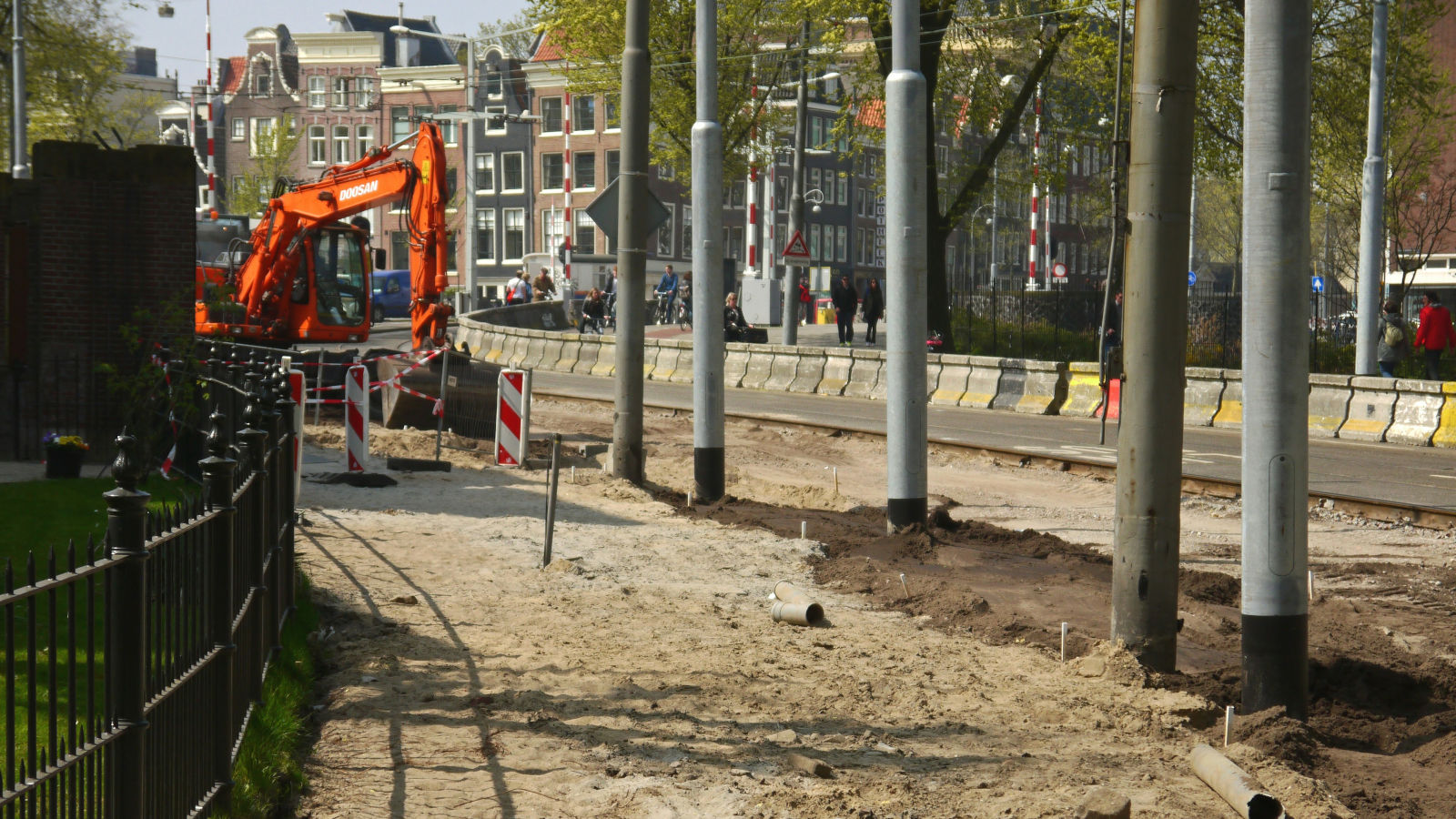
When recovery plans and other forms of support become more widespread
Belgian civil engineering has seen strong growth (+20%) since the health crisis, during which it hardly suffered at all. This strong growth is the result of a combination of favourable but also temporary factors, including the Belgian part of the Recovery and Resilience Plan set up by the European Union to revive the economy after the health crisis.
In Belgium, this plan has been backed up by additional recovery plans financed by the Regions. In total, a budget of €9 billion has been allocated to the recovery plans, of which €5.2 billion has been earmarked for construction work, mainly civil engineering (€2.5 billion).
At the same time, the traditional (6-year) cycle of investment by local authorities entered its ascendant phase in the run-up to the 2024 municipal elections.
And the volume of work linked to a series of specific projects has intensified. This is particularly the case for work linked to the Oosterweel (i.e. a Public Private Partnership, currently estimated at 6 billion euros, aimed at improving mobility around the city of Antwerp). Another emblematic project is the construction of the Princess Elisabeth Energy Island. A project unique in the world, involving 1.1 billion euros of work just to build the island.
When stimulus packages and other forms of support fade away
Most of these favourable factors have already had their full effect. The volume of work linked to the stimulus plans reaches its peak in 2024. From 2025, local authority investment will enter the downturn that traditionally follows local elections. And construction work on Princess Elisabeth Island should be completed by 2025.
However, Belgian civil engineering is expected to continue to grow in 2025, partly due to the intensification of work on the Oosterweel and partly due to increased investment by the Regions in the infrastructure of Infrabel (the company responsible for the rail infrastructure of the Belgian rail network). This will more than offset the decline in investment by local authorities.
After 2025, the volume of work linked to the stimulus packages will decline considerably, disappearing altogether in 2027-2028. At the same time, the downturn in local authority investment is set to continue until at least 2027 (before picking up again in the run-up to the local elections in 2030). And the completion of construction on Princess Elisabeth Island will have a negative impact on the volume of work linked to specific major projects.
Civil engineering will therefore be unable to avoid a decline (estimated at 7% over the years 2026-2027) in Belgium. And this despite the fact that it should continue to grow in most European countries.
“Civil engineering in Belgium is expected to decline against the overall European trend.”
ABOUT THE AUTHOR
Jean-Pierre Liebaert
Aquiec-Vkebi
Jean-Pierre Liebaert has been following the construction situation and all economic issues relating to construction since he graduated as a Civil Engineer in Applied Mathematics - Economics. On the strength of this experience, he has represented Belgium at Euroconstruct since 2000, through AQUIEC. He is also general adviser at Embuild, member of the economic commission of the Belgian Federation of Enterprises and holds various mandates in official Belgian bodies. These include the Central Economic Council, the Higher Council for Statistics and the pricing office for compulsory construction insurance.
To remember
These comments show the impact that a series of specific factors can have on the development of civil engineering in a country like Belgium, where the volume of activity in this sector is limited by the size of the country and the low level of public investment.
They also show that while the impact of major plans, such as stimulus packages or major construction projects, is significant and likely to generate enthusiasm among construction players, these major plans also clearly have their limits. Initially, they support growth as they gain momentum. Once they have reached cruising speed, they continue to support activity but no longer have any impact on growth. And once they have passed their peak, they continue to support activity, but less and less, and then have a negative impact on growth until the work is completed.
ABOUT THE AUTHOR
Jean-Pierre Liebaert
Aquiec-Vkebi
Jean-Pierre Liebaert has been following the construction situation and all economic issues relating to construction since he graduated as a Civil Engineer in Applied Mathematics - Economics. On the strength of this experience, he has represented Belgium at Euroconstruct since 2000, through AQUIEC. He is also general adviser at Embuild, member of the economic commission of the Belgian Federation of Enterprises and holds various mandates in official Belgian bodies. These include the Central Economic Council, the Higher Council for Statistics and the pricing office for compulsory construction insurance.
